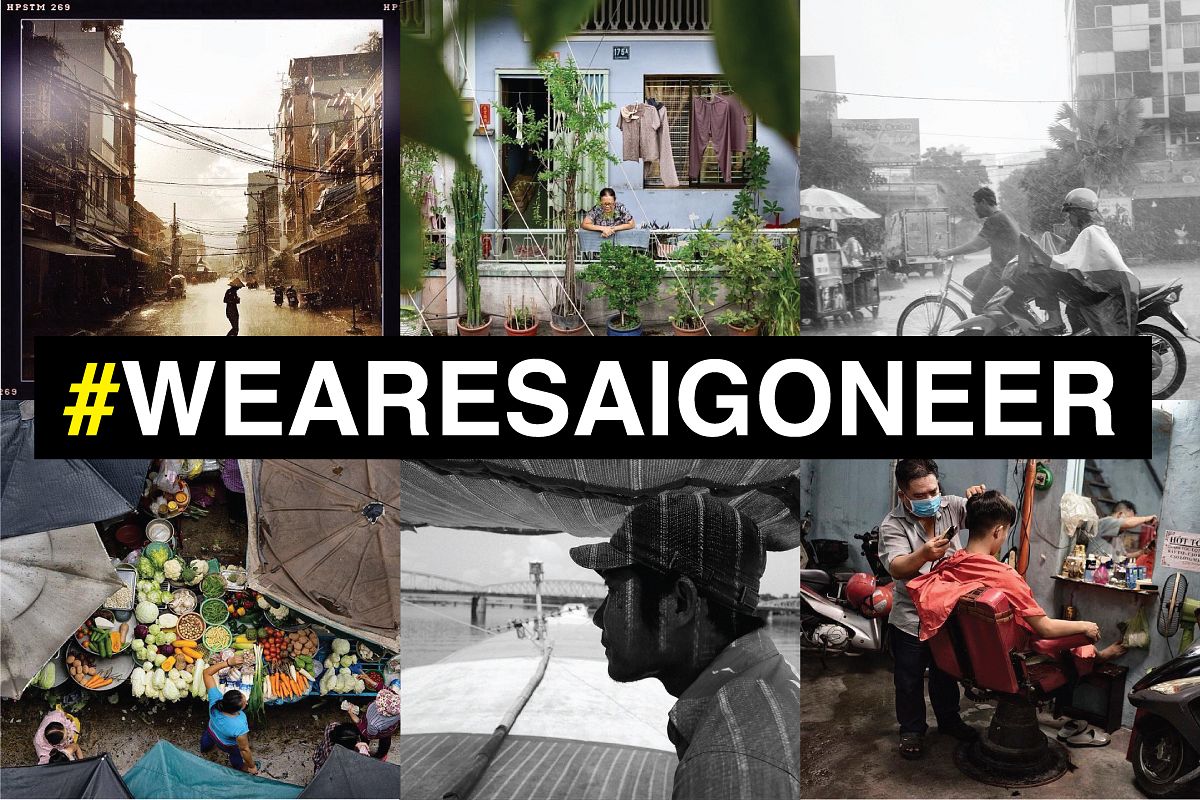Introduced by French colonists over a century ago, tile-making continues throughout Cambodia despite having been abandoned decades ago in France.
According to the Phnom Penh Post, however, the craft is on the decline, as new generations are less interested in learning the trade or tiling their homes.
Creating custom painted tiles is a precise and time-consuming business, but the skilled hands of Cambodia’s craftspeople have produced consistently stunning results over the years. Most common in homes, hotels, cafes and even pagodas, many of these works still exist in buildings that were all but destroyed during the Khmer Rouge era.

A selection of tiles at the studio.
Chan Seng Koung, 26, has spent the last 10 years operating Khmer Floor Handicraft, one of two remaining full-time traditional tile workshops in the country. He inherited the business from his father; however, Koung has struggled to appeal to local home and business owners, who have begun turning to cheaper, imported versions that are mass-produced in Vietnam and Thailand.
Similar sentiments are echoed by 77-year-old Ta Srun, the only living person in Cambodia who knows how to make the metal molds for tile designs. None of his children are interested in continuing his legacy.
Srun has been making molds since before Cambodia became independent and managed to escape persecution under the Khmer Rouge.
These tiles, sometimes known as encaustic tiles (though there is some confusion over the name), are fashioned by pouring a wet, clay-based mixture into molds made of metal or, occasionally, wood. A partially mechanized process, the molds are pressed to expedite drying time, so it is possible to make between 10 and 20 tiles per hour.

The manual press at Chan Seng Koung's workshop.
Because these tiles remain unglazed, they become softer and even more beautiful with age. This high-quality craftsmanship, however, has contributed to a decline in sales. As the tiles are built to last centuries, it is unnecessary to replace them during the course of a lifetime.
If you’re considering answering the call, however, Srun informed the Post he would accept an apprentice. “But they must pay me,” he told the news outlet. “I studied for years to learn this craft.”
[Photos by Eliah Lillis via Phnom Penh Post]














